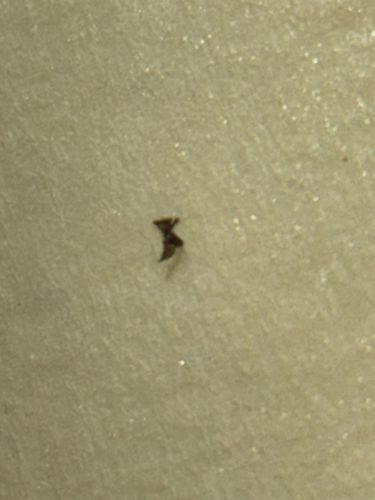Fungus Gnat
Scientific Name: Bradysia spp. (though various genera exist, Bradysia is very common)
Order & Family: Diptera, Sciaridae (dark-winged fungus gnats) or Mycetophilidae (true fungus gnats)
Size: 1/16 to 1/8 inch (2-3 mm)

Natural Habitat
Moist, organic-rich environments, commonly found indoors near houseplants, in greenhouses, mushroom farms, or any location with decaying plant matter and high humidity.
Diet & Feeding
Adult fungus gnats primarily feed on liquids and are short-lived. Larvae feed on fungi, decaying plant material, and sometimes plant roots, especially fine root hairs of seedlings.
Behavior Patterns
Adults are weak, erratic flyers, often seen hovering over potted plants or crawling on surfaces. They are attracted to light and moisture. Larvae live in the soil or growing medium. The life cycle from egg to adult is typically 3-4 weeks depending on temperature and conditions, with continuous generations.
Risks & Benefits
Risks: Fungus gnat larvae can damage plant roots, especially in seedlings and young plants, leading to wilting, stunting, and nutrient deficiency. They are primarily a nuisance pest indoors. They do not bite or transmit diseases to humans. Benefits: In natural environments, they contribute to the decomposition of organic matter, aiding in nutrient cycling.
Identified on: 9/5/2025